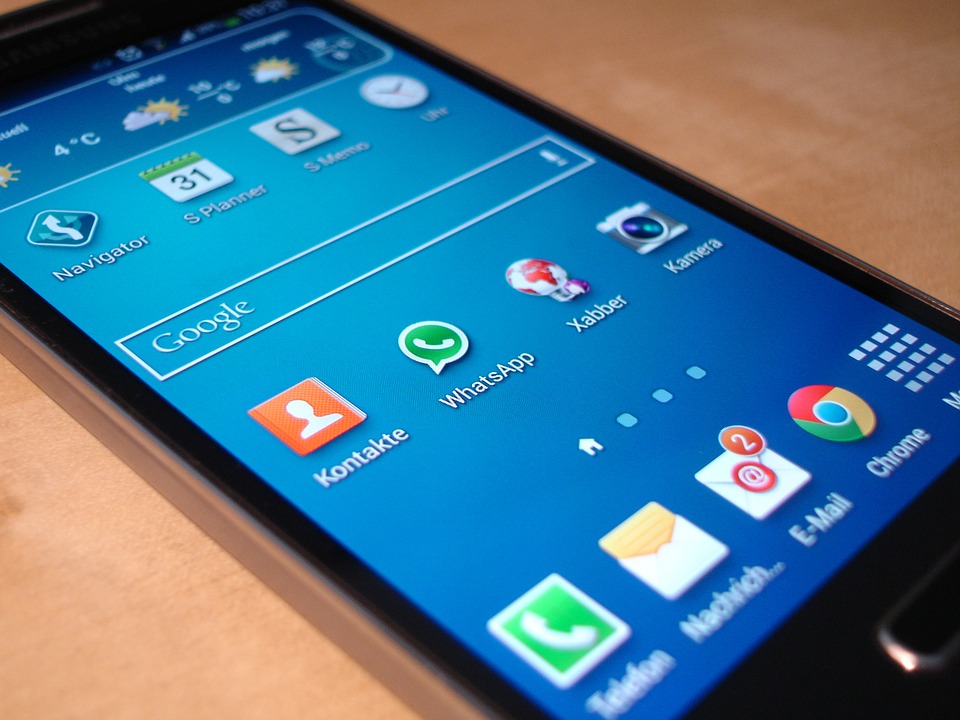The concept of the new Samsungfolding phone Galaxy Fold turned a few heads with its reveal and initial release back in April 2019. The idea of a phone turning into a tablet by simply folding your device like a book is close to fiction.

Folding Issues
Of course, with such a radical idea come certain setbacks. The most prominent issue with this idea is its durability. Having one screen to cover both the tablet and the smartphone can be a problem with the constant folding. Even with regular books, the strain on the book’s spine would be evident after just a few uses. The act of bending something takes away the durability, no matter how strong it is. With digital devices such as screens, folding can ruin its integrity entirely.
This means that Samsung had to create a very stable and durable exterior that can withstand countless folding from the user. With constant stress, that screen would go down eventually. And it did.
The Galaxy Fold Retooling
Initial reports for the Galaxy Fold were unsatisfactory, with users complaining about the phone’s durability, as well as other interface problems. Users peeled a protective layer meant to stay on the phone, which led to them breaking down even more.
Originally priced at $2000, the Galaxy Fold had very high expectations to fulfill. Justifiably, if you pay that price, you expect a lot. After its initial release, the phone was halted for a few months for retooling. This month, Samsung gives the green light again, offering a limited release. This time, the Galaxy Fold sports an extended protective layer, a reinforced display, and even improved hinges to prevent dust accumulation.
But will people purchase such an experimental design? Will consumers still risk a staggering amount of money for an untested and unreliable phone idea? What do you think?
